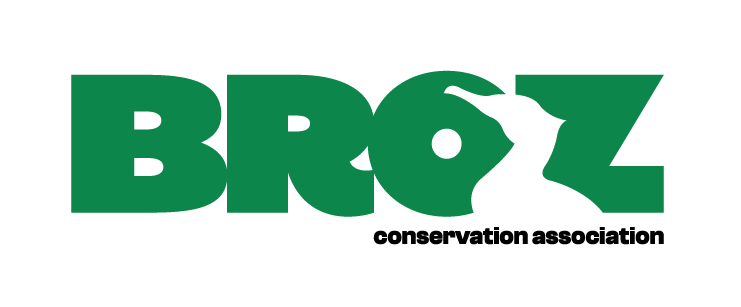WILDisland
The project builds upon the previous collaboration of nine European Union countries within the DANUBEPARKS project, which provided a comprehensive mapping of islands along the entire Danube River. LIFE WILDisland brings together 15 partners from these countries with a shared goal of restoring the natural dynamics of the Danube, revitalizing islands, and protecting the floodplain forest habitat.
For more information, visit the official project website.
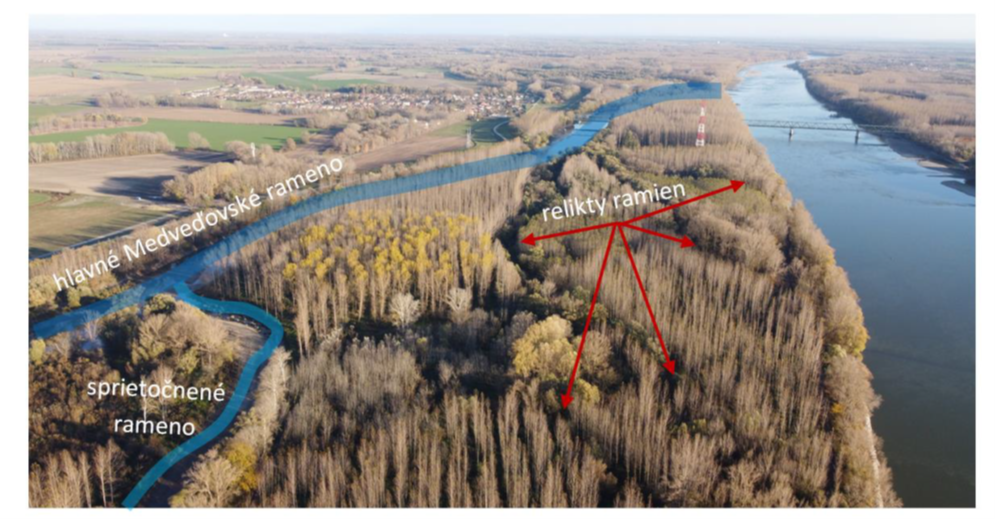
Activities of the WILDisland project continue
The first step for the successful implementation of the project in the Slovak region was the preparation of a hydrological study. From the results of the study, after several expert consultations, the designers elaborated the proposed measures in the form of technical documentation.
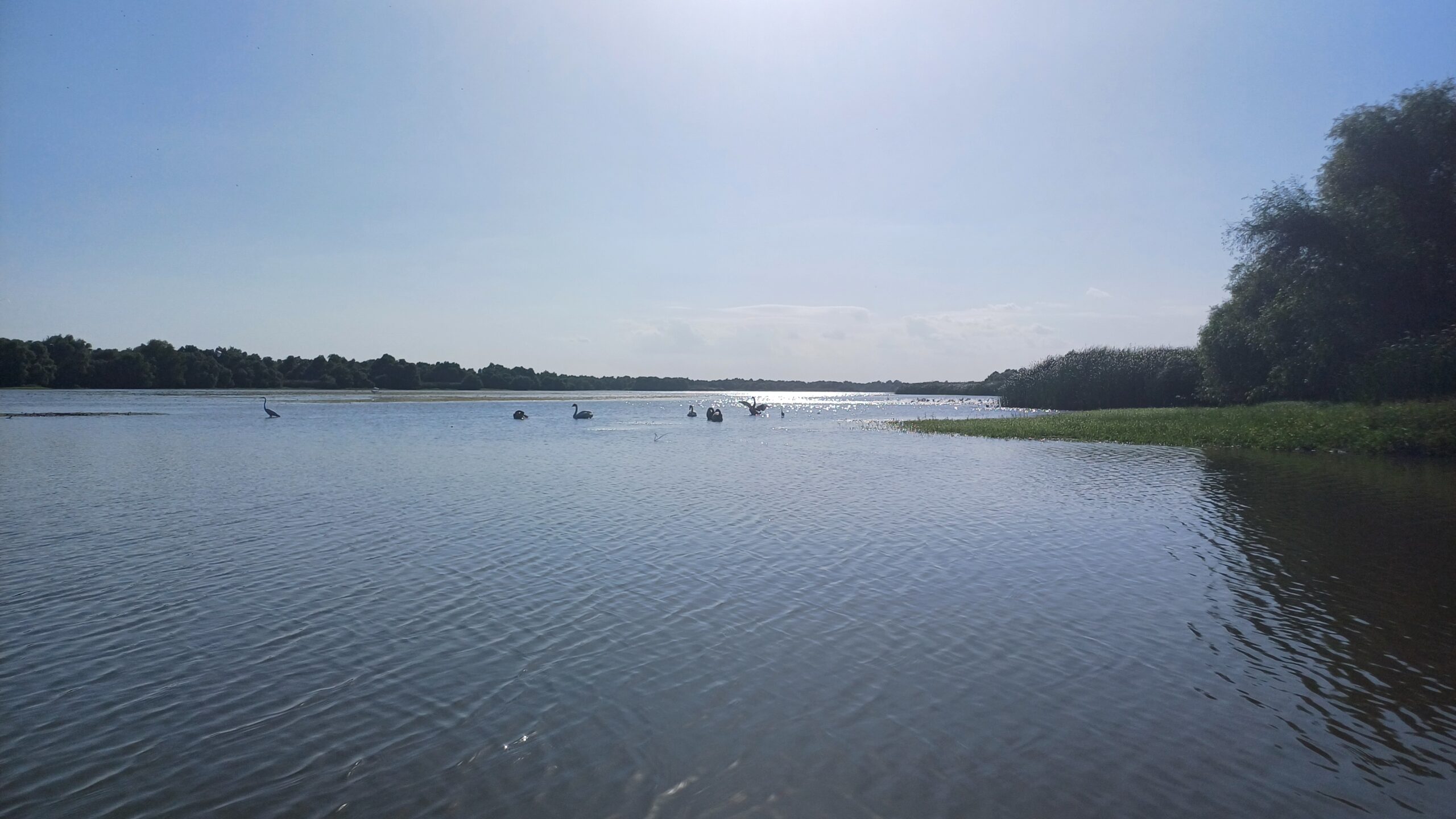
Thanks for the inspiring meeting of LIFE WILDisland project partners in Tulcea (Romania)
At the beginning of September we actively participated in the meeting of project partners from the Danubeparks network of protected areas in Tulcea, Romania. In addition to updates, progress and new challenges in the ongoing LIFE WILDisland project across the whole project consortium, we had the opportunity to visit valuable places in the Danube Delta and selected project sites near Isaccea, where floodplain revitalisation is underway.

From expert study to technical projection
The revitalisation of the old Danube side arms can be called in one word "process". Just as their degradation has been gradual, due to modifications for navigation, their revitalisation in places where it makes sense for valuable floodplain forest habitats, birds, fish and amphibians, for groundwater recharge and flood protection for us humans, will be gradual.
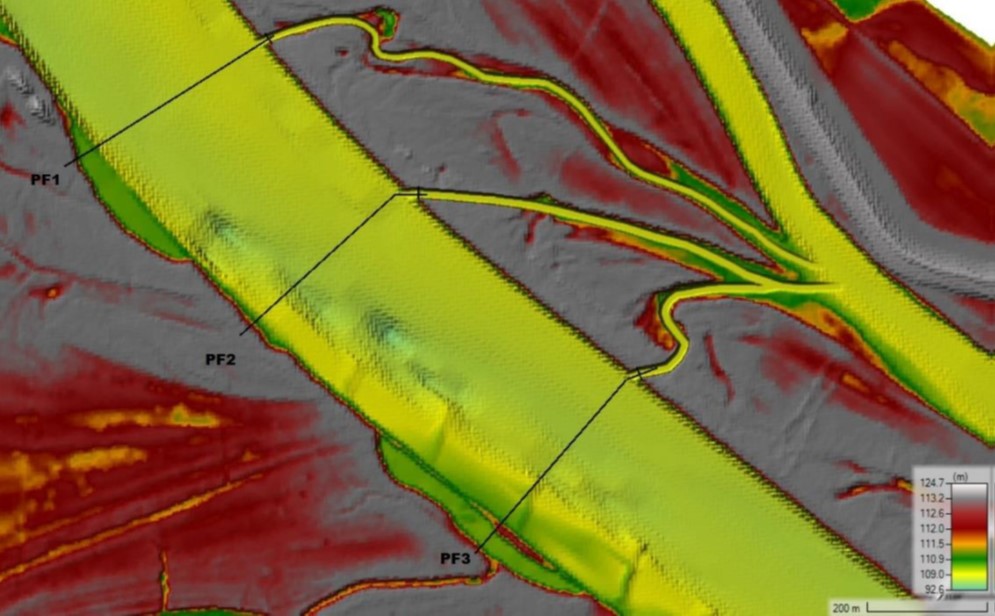
Expert data for technical project documentation
In addition to the design of revitalisation measures, the preparatory phase of the LIFE WILDisland project also included scanning of the project areas using LiDAR technology, which works on the principle of transmitting light pulses.
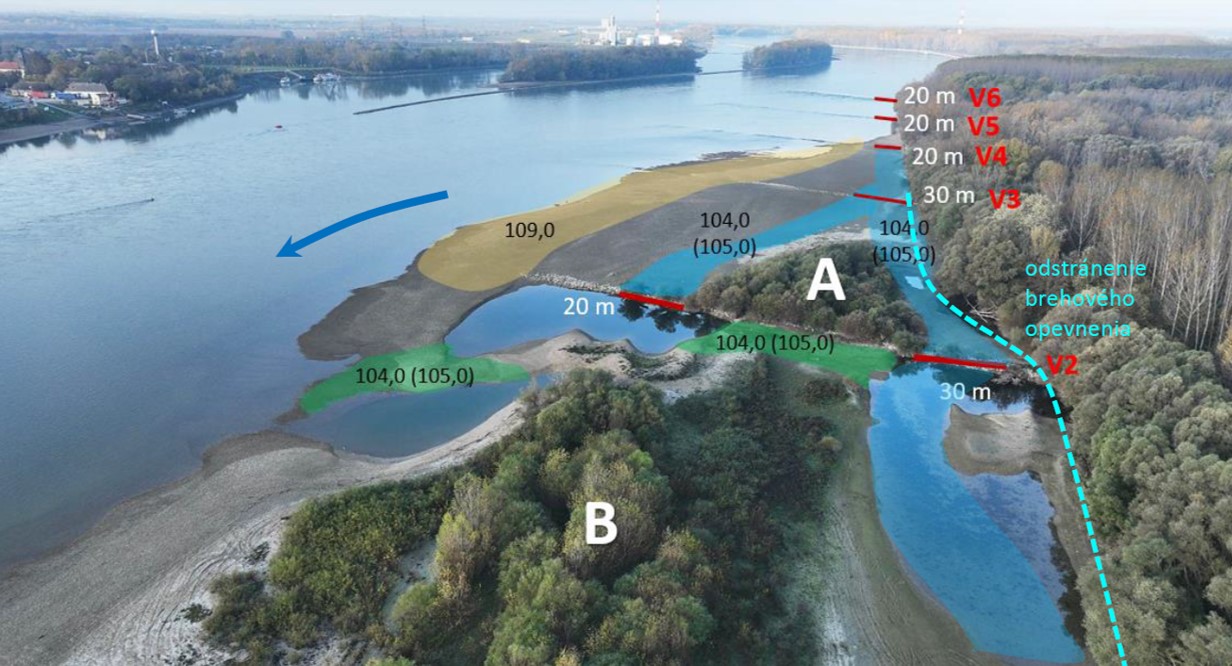
Proposed revitalisation measures of the WILDisland project
The aim of the proposed measures of the LIFE WILDisland is to contribute significantly to the restoration of lateral connectivity and the improvement of the water regime in the area of the Medvedovská river branch system.
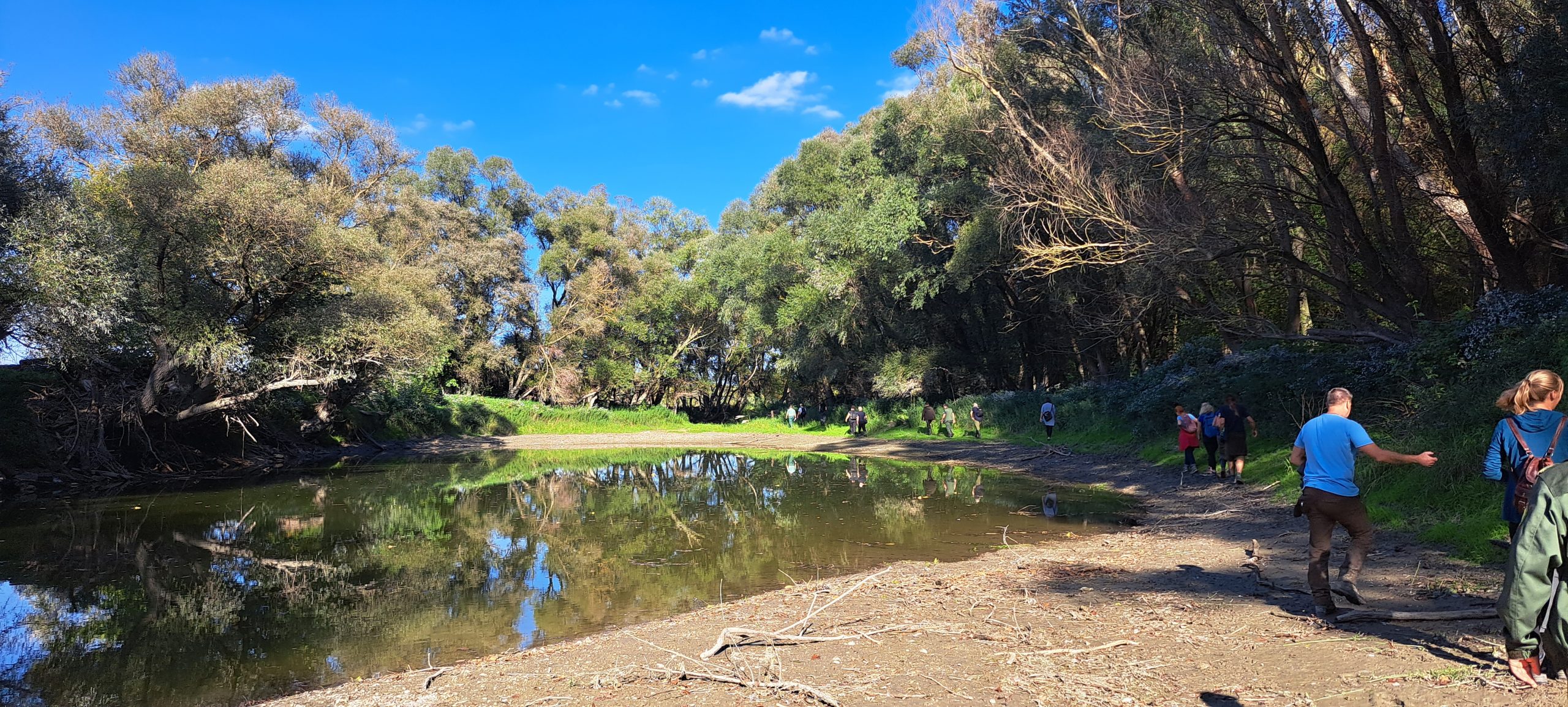
We hosted project partners from the Danubeparks network
The international LIFE WILDisland project brings together 15 partners from eight countries from Bulgaria to Germany. One of the very worthwhile and valuable traditions of the project is the annual meeting in the home country of one of the partners. This year we at BROZ had the honor to prepare an unforgettable experience for all of us in cooperation with our colleagues from Fertö Hanság National Park.
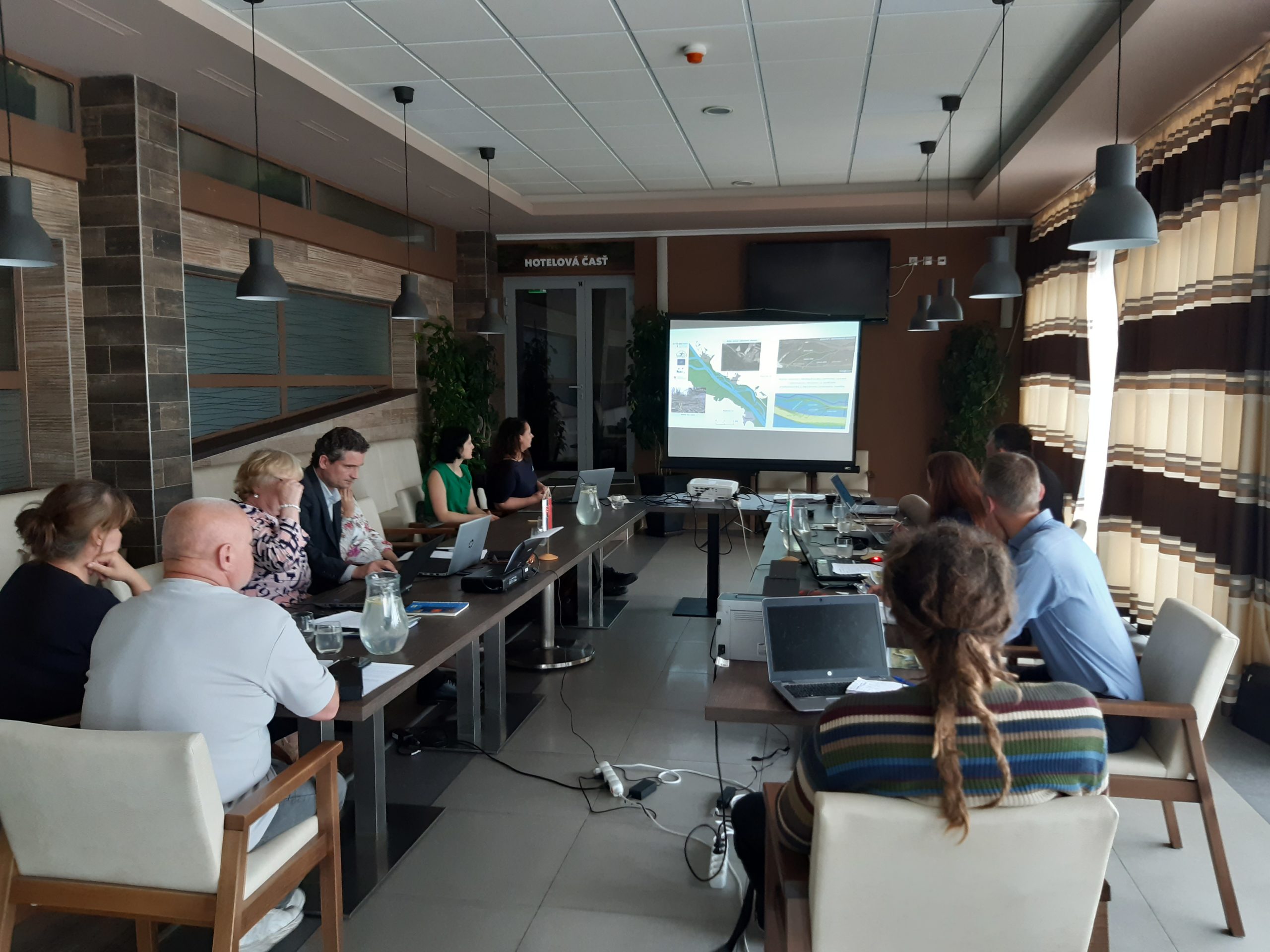
A significant step for our Danube projects
On 16 May, together with experts from the Water Research Institute, we participated in the meeting of the Slovak-Hungarian Boundary Waters Commission to present the plans, visions and activities of our Danube LIFE projects
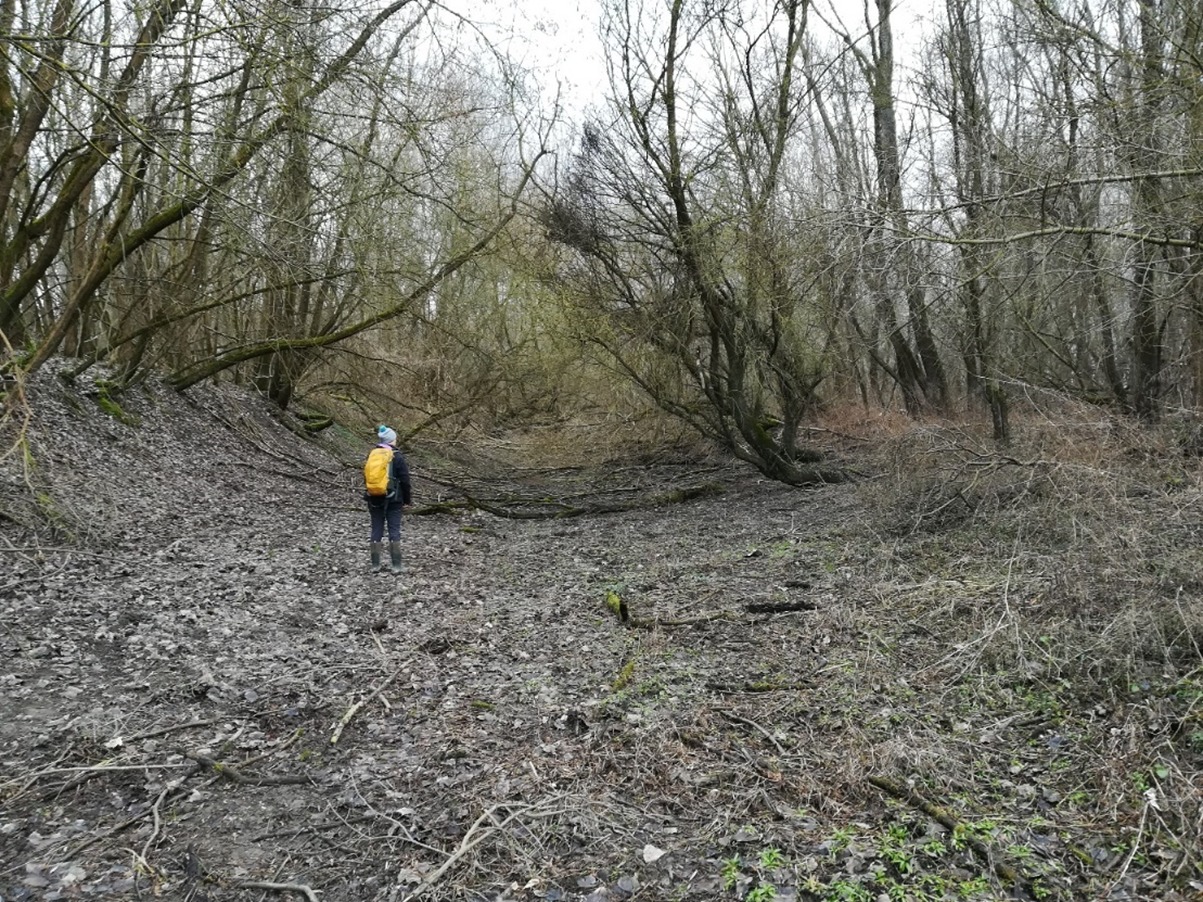
Roads through relics of river arms
The winter season is ideal for crossing the original river arms. Exposed majestic poplars and willows let us know where their paths led. Nowadays, most of the river side arms are only supplied with water for a very limited period of increased flows in the Danube. All efforts to tame our rivers have led to a deterioration in the condition of the floodplain forest habitats. The WILDisland project plans to restore and connect the two original relics of the arms, which once formed the very dynamic and varied Medvedovska river branch system, with the main flow of the Danube. We expect that increased groundwater infiltration will also improve conditions for the adjacent floodplain forests.
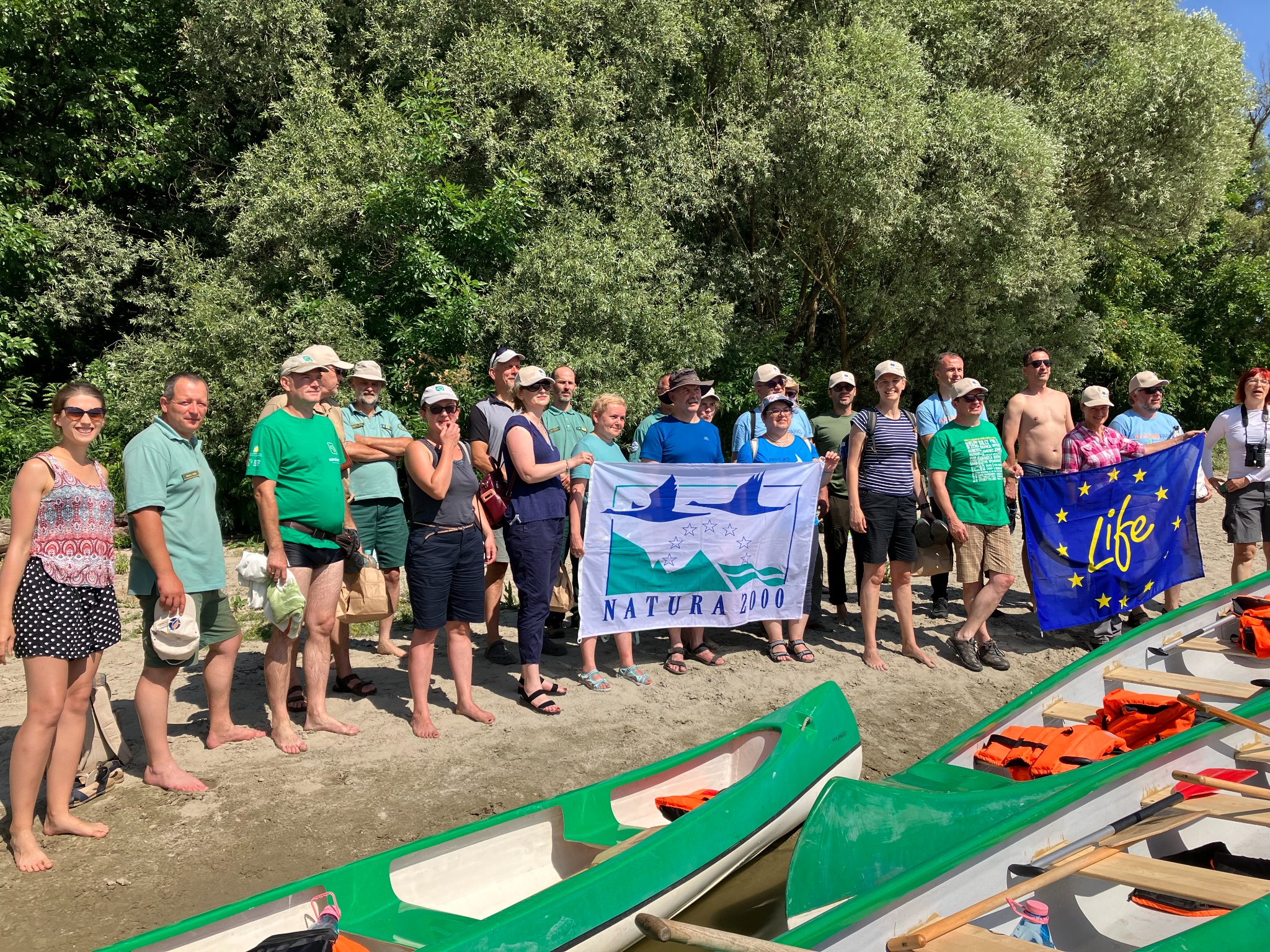
Workshop at the Croatian Danube
The WILDisland team met at the Croatian Danube in the Kopački Rit Nature Park, where we took part in a project management workshop.

Islands from above
Take a look at the two Danube islands that will get the new look thanks to the LIFE WILDisland project.
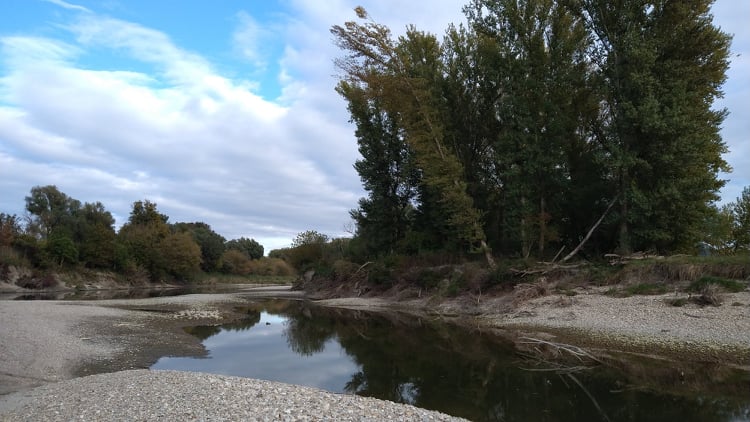
We participated in the Austrian Danube study visit
We participated in the study visit with our project coordinator in the Austrian Donau-Auen National Park.
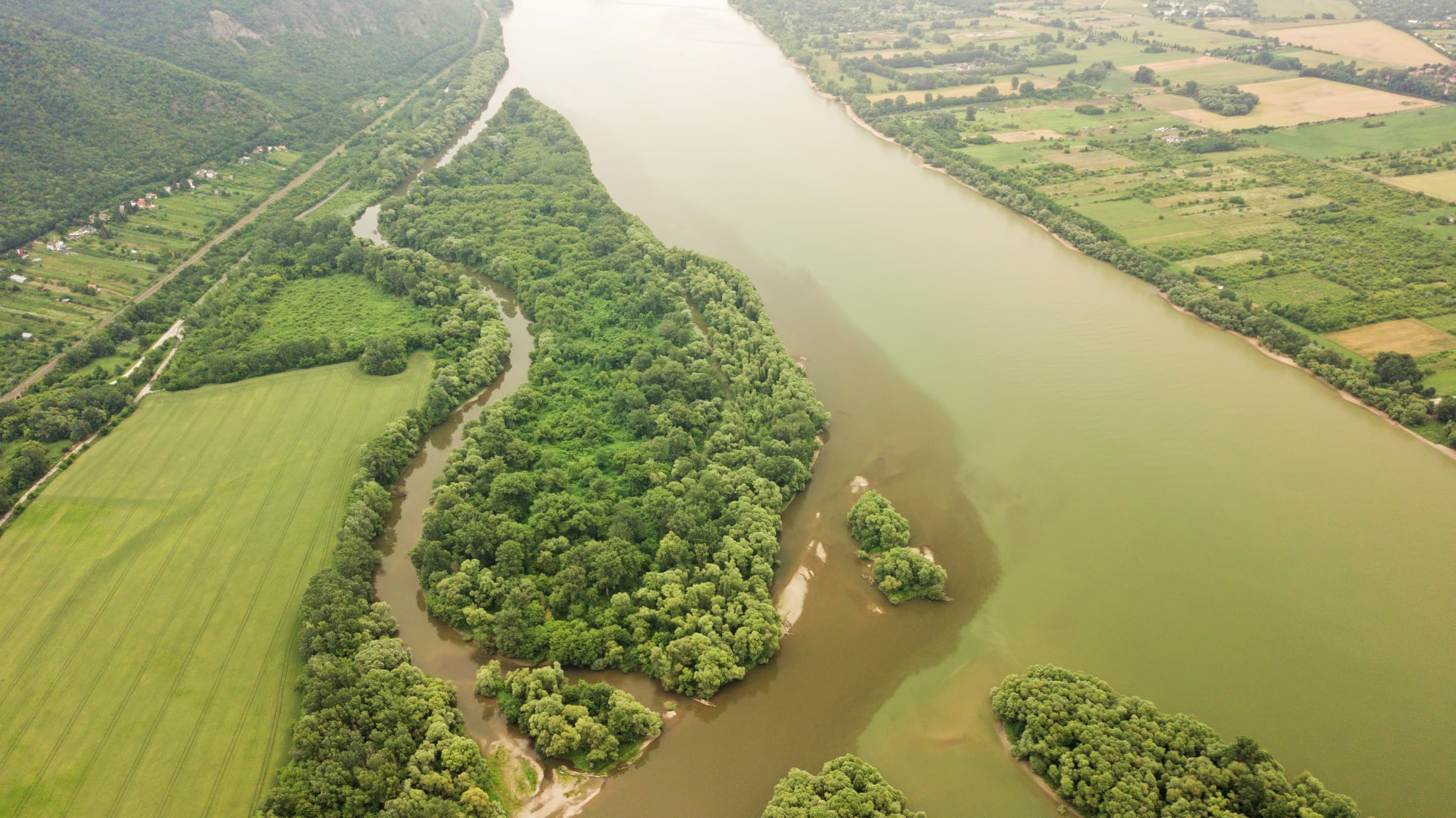
Danube Islands
Together with our DANUBEPARKS partners, we are launching a new project focused on the entire flow of the Danube, which will bring restoration of the side arms and the revitalization of the islands.
Project title: Danube Wild Island Habitat Corridor
Project sector: LIFE, Nature and Biodiversity
Project acronym: LIFE WILDisland
Project code: LIFE20 NAT/AT/000063
Duration: 01/09/2021 – 31/08/2027
Total project budget: 14,222,637 € (63,98 % EU financial contribution)
Coordinating beneficiary: Nationalpark Donau-Auen GmbH (AUT)
Project partners:
- Alsó-Duna-völgyi Vízügyi Igazgatóság (Lower Danube Valley Water Directorate) (HUN)
- Bratislavské regionálne ochranárske združenie (SVK)
- Danube Delta Biosphere Reserve Authority (ROU)
- Duna-Dráva Nemzeti Park Igazgatóság (HUN)
- Duna-Ipoly Nemzeti Park Igazgatóság (HUN)
- Fertő Hanság Nemzeti Park Igazgatóság (HUN)
- Hrvatske šume limited liability company, Croatian Forests ltd. (HRV)
- Javna ustanova “Park prirode Kopački rit” (HRV)
- Persina Nature Park Directorate (BGR)
- REGIA NAȚIONALA A PADURILOR ROMSILVA RA – SUCURSALA DIRECȚIA SILVICĂ TULCEA (ROU)
- Uniper Kraftwerke GmbH (DEU)
- VERBUND Hydro Power GmbH (AUT)
- Javno Preduzede “Vojvodinašume” (SRB)
- via donau – Österreichische Wasserstraßen-Gesellschaft mbH (AUT)
Project focus:
The WILDisland project aims to strengthen the conservation status of the softwood alluvial forest priority habitat by restoring 34 islands along the entire Danube. The individual partners are responsible for the restoration of specific islands, but in order to achieve the higher goal of improving the condition of the Danube and the priority habitat, mutual cooperation is needed between all the countries involved.
Main goals of the project:
- Restoration of the natural character of Danube islands by modifying the bank fortifications
- Change of the flow by turning the side arms and modifying the groynes
- Improving sediment management
- Restoration of natural vegetation along the Danube
- Protection of natural islands
- Raising public and stakeholder awareness of islands and softwood alluvial forest habitat
Sap – CHKO Dunajské Luhy (SKCHVU007)
Kližská Nemá – CHKO Dunajské Luhy (SKCHVU007)
A. Preparatory actions
A.2 Technical planning: optimisation of waterway infrastructure for island restoration
A.2.2 Restoration of the Sap project site
On the project site Sap, the LIFE project has already provided for the first dynamisation of the side arm system in 2012. In the framework of LIFE WILDisland, two more side branches of the Medvedovská river branch system between river km 1807.6 and 1806.9 will be reconnected to the Danube. This will result in the restoration/creation of an island and further redynamisation of the floodplains in this region. New intakes will be created to allow water to flow for most of the year. Dredging will remove sediment from the degraded channel of the arm and restore the island.
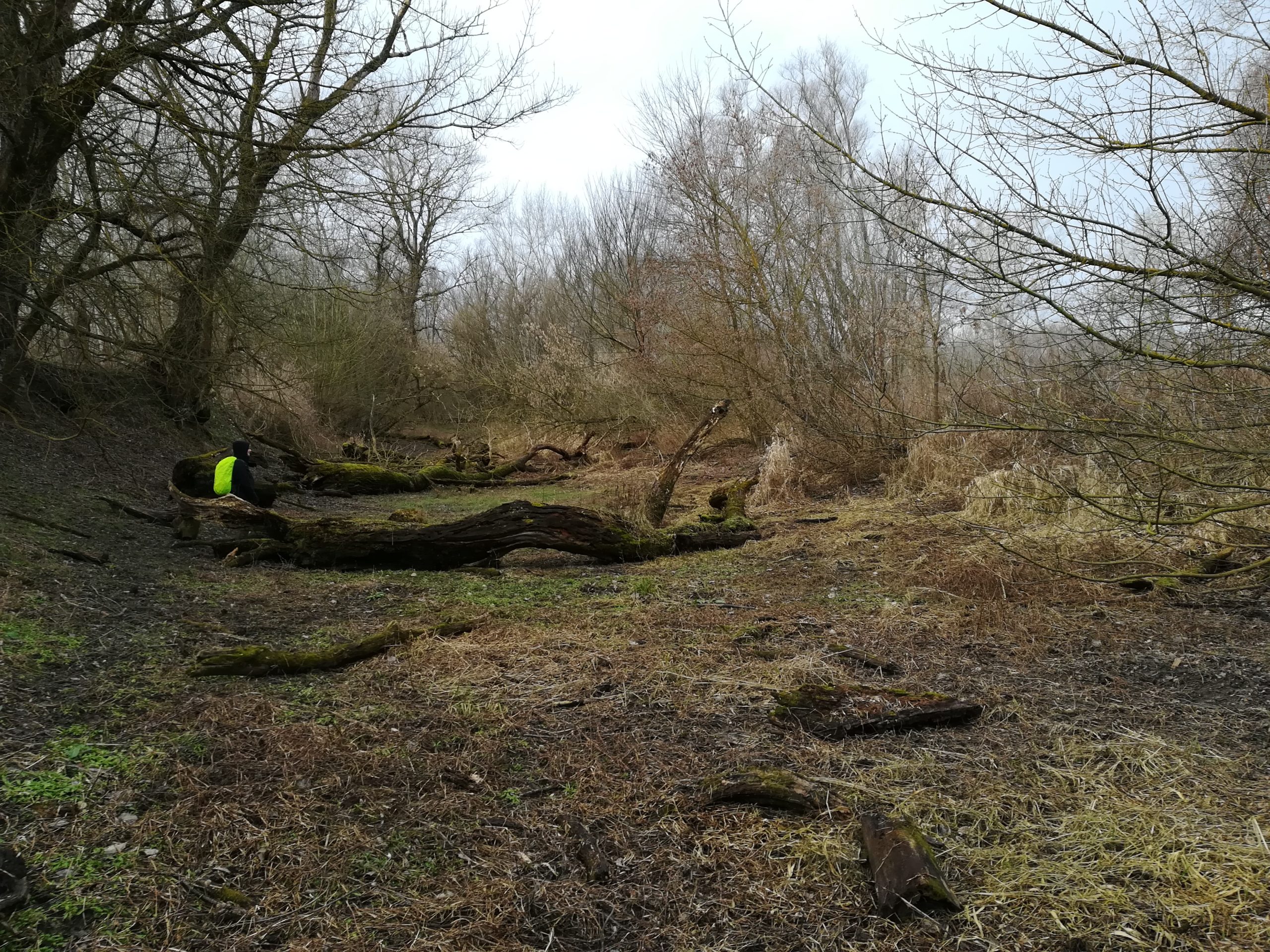
A.2.3 Modification of groynes in Klížska Nemá project site
Most of the islands on the Slovak section of the Danube are directly connected to the navigation infrastructure. The aim of the activity is to plan and design the optimization of this grey infrastructure for dynamic river habitats and 91E0* sites. The planning will be carried out in close cooperation with the waterways and water management sector. As part of this activity, we plan to modify groynes and remove sediment, create a side channel (permanently flowing) and initiate the establishment of new island structures through natural river dynamic processes.
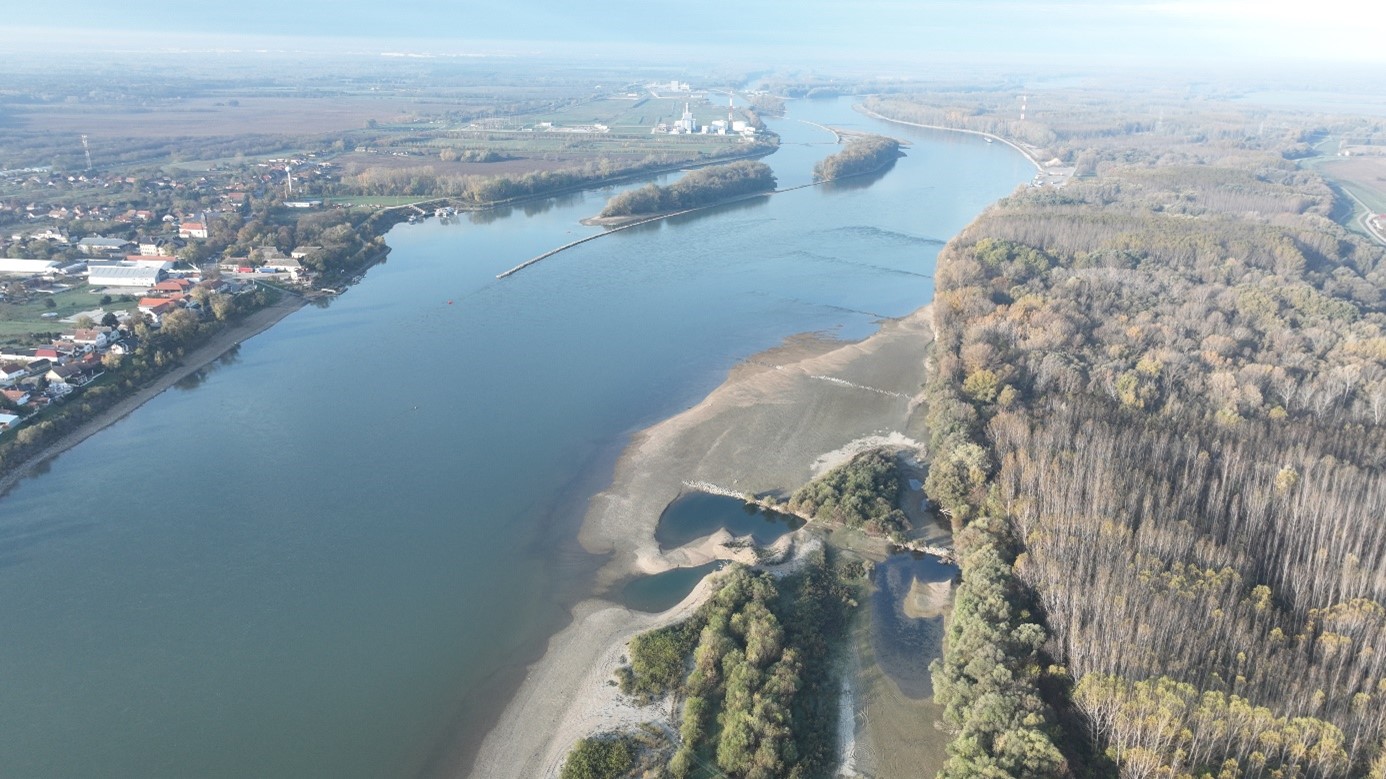
Habitat 91E0* includes natural forests situated immediately near rivers, from lowlands to upland vernal pools. The habitat is characterised by periodic flooding by surface water or flooding by groundwater. In the alluvium of the larger lowland rivers there are willow-poplar forests (Ls1.1), the so-called soft floodplain forest. In the mid-land along smaller rivers, willow-poplar forests are followed by ash-alder foothill forests (Ls1.3), consisting of common ash and european alder.
Year 2022
In 2022, a contractor for an expert hydromorphological study was selected for the two project sites Sap and Klížska Nemá. The expert study is to prepare detailed proposals for measures to restore and improve the flow and connectivity of the Danube arms in relation to improving the water dynamics in the surroundings and on selected Danube islands. The study will evaluate restoration options, the proposed options will be analysed using hydrodynamic models. The study will serve as a basis for the preparation of technical documentation for the measures of the LIFE WILDisland project for the improvement of floodplain vegetation on the Danube islands.
A.4 Technical planning – floodplain forest restoration
A.4.1 Diversification of forest stands in the Sap area
Non-native tree species (including hybrid poplars) will be removed from an area of 19 ha. In the establishment of natural stands 91E0* soil disturbance promotes natural rejuvenation. Native tree species (Populus nigra, Salix alba, S. fragilis, Alnus glutinosa, Fraxinus excelsior) will be planted on the site.
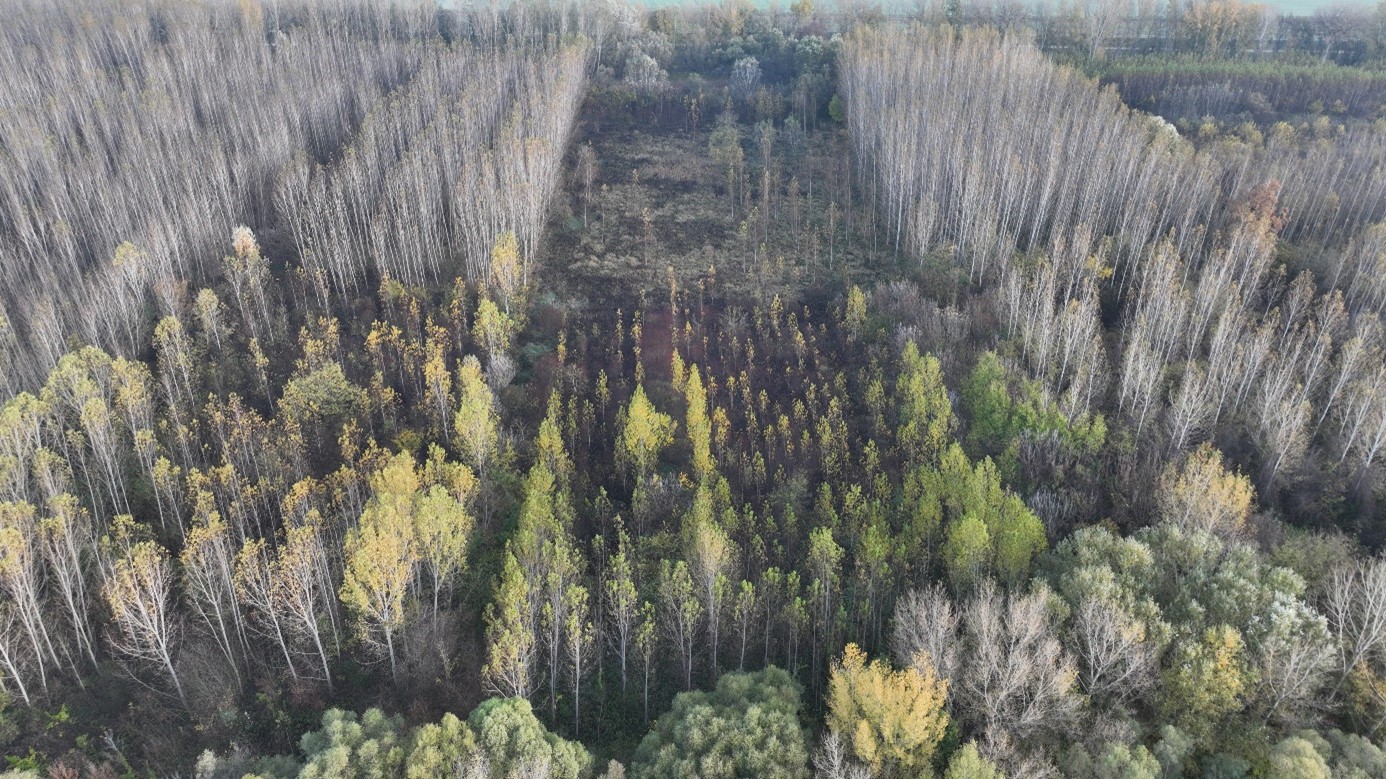
A.4.2 Restoration of 91E0* habitats in the Danube floodplains in the Klížska Nemá
In the area of Klížská Nemá we plan to remove non-native trees (including hybrid poplars), disturb the soil to promote natural rejuvenation and plant native trees in areas where non-native trees have been removed.
C Preparatory actions, development of management plans and action plans
C.2 Optimisation of waterway infrastructure for WILDisland restoration
C.2.2 Restoration of WILDisland in the Sap project site
The aim of the activity is the restoration of former river arms in the Medveďovská river branch system, closed at the inlet. New intakes will be created to allow water to flow for most of the year. Sediments will be removed from the degraded riverbed and an island will be restored. We expect that local sedimentation on the banks of the reopened and reconnected arms will provide space for new 91E0* habitat to naturally develop. Increased groundwater infiltration will improve conditions for the adjacent riparian forest. The quality of the forest habitat on the island will also be improved by planting native trees.

C.2.3 Modification of groynes in the Klížska Nemá project site
For the first time in Slovakia, modifications of groynes will be carried out on a stretch of the Danube with a focus on island and habitat restoration. The groynes have the function of directing the flow into the fairway, but thus reducing the dynamics of the water along the riverbank. By modifying the groynes, it is planned to achieve higher water flow in the side channel and to restore the local island. There will be sediment dredging to support the initiation of an active side channel with permanently flowing water. Two groynes will be modified and sediment dredging will take place between the island and the bank to support the creation of an active side channel with permanently flowing water (improved water surface area to 993 m).
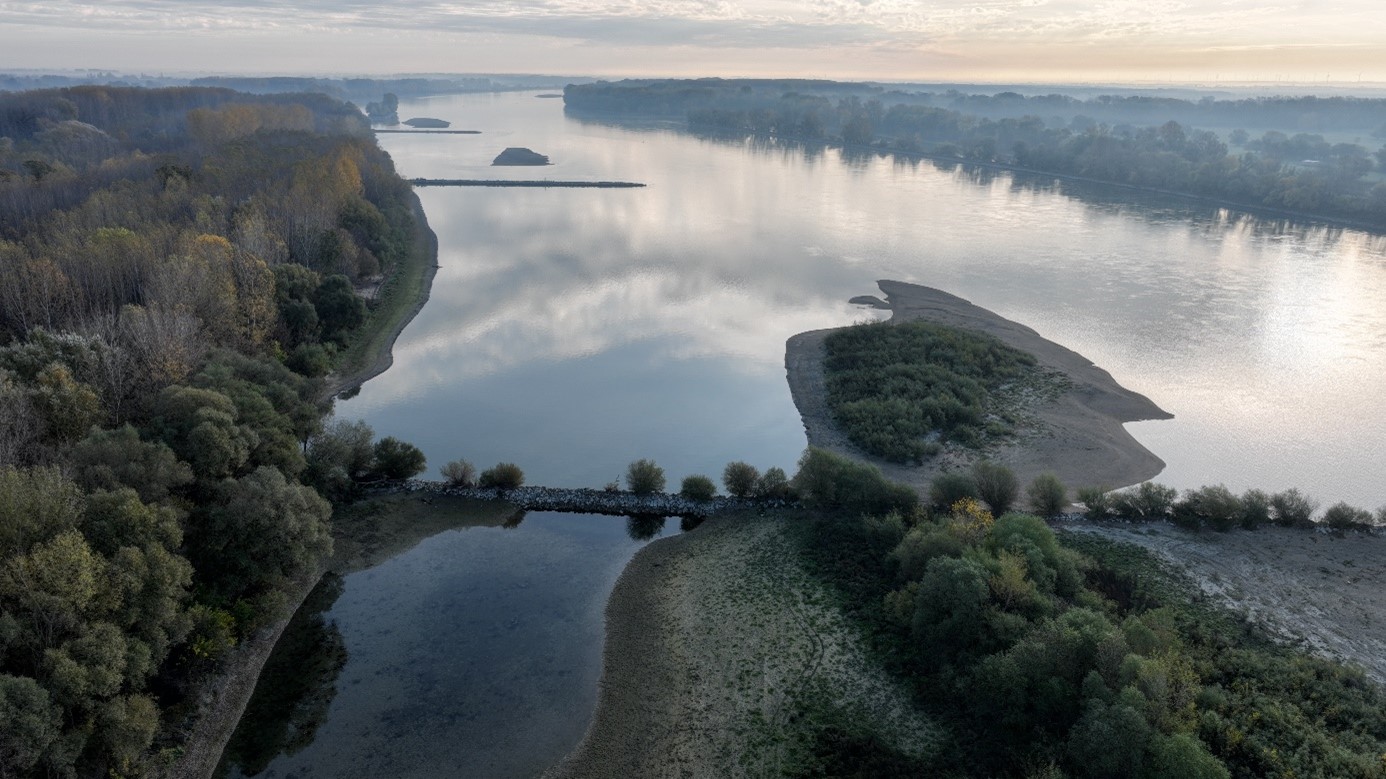
Year 2022
The expert study and technical documentation will propose measures that are expected to result in:
– Improvement of the flooding regime of adjacent floodplain forest habitats and initiation of new habitats on banks and shoals.
– Cumulative improvement of the target habitat (*91E0) over an area of at least 120 ha.
– Improvement of flow dynamics (higher flows and flow velocities) and lateral connectivity (prolonged periods of contact with the main channel) of river arms over a minimum length of 3783 m.
C Conservation measures
C.4 Forest management on wild islands
Based on technical planning and preparatory work, forest restoration activities will take place and a total of 91E0* sites will be restored on 309 ha. Implementation will be carried out in collaboration with protected area management and forest experts.
C.4.1 Forest restoration in Sap will improve a total of 91E0* habitats on 19 ha. 12 ha of the 91E0* area will be restored by planting individuals of native trees, 7 ha by promoting natural rejuvenation by “disturbing” the topsoil.
C.4.2 Restoration of the 91E0* forest in Klížska Nemá will improve habitat conditions on 11 ha, including the promotion of natural rejuvenation (3 ha) and reforestation with native tree species on 8 ha.
Year 2023/2024
In the period 2023 and 2024, an expert hydrological study was elaborated for both project sites Sap and Klížská Nemá, including a mathematical model of the impact of the proposed measures on the level of the low regulating navigable water for navigation needs. The proposed measures were presented to the Slovak-Hungarian Boundary Waters Commission.
On the basis of the outputs of the hydrological study, contractors for the technical design documentation were selected in a public procurement process. The preparation of the technical documentation included a series of negotiations with the river manager as well as regular field visits. On the basis of the acquired knowledge and consultations, the measures in the Medvedovska River Branch System – SO 01 Medvedovské side arm MR1 and SO 02 Medvedovske side arm MR2 – were elaborated.
Technical documents for forest habitat restoration were prepared for both project sites – Sap and Klížská Nemá. On the basis of field survey and analysis of natural conditions in relation to the restoration of riparian vegetation, a restoration plan was prepared for both project sites. A contractor for the removal of invasive tree species and the promotion of natural rejuvenation at the Klížská Nemá project site was selected through a public procurement process. The objective of activity C4 on this site is to improve conditions on 11 ha, including the promotion of natural rejuvenation (3 ha) and reforestation with native tree species such as black poplar, white poplar and white willow on 8 ha.
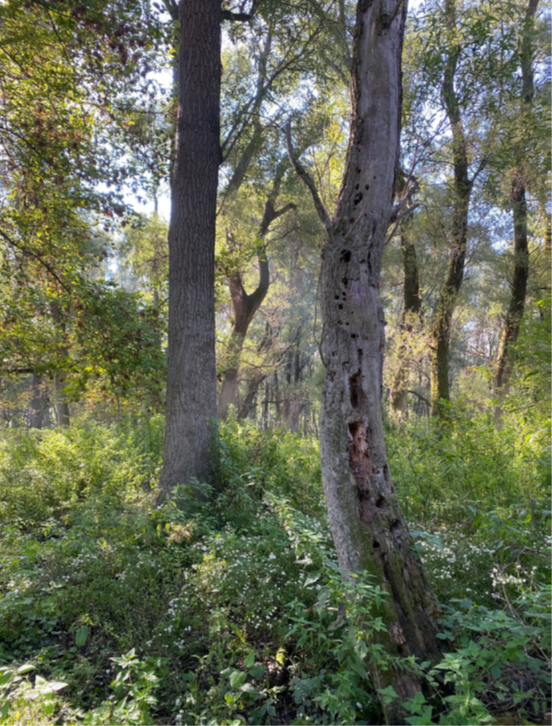
During 2024, all initial monitoring reports for Activity D1 were produced. Hydrological monitoring contracted through the procurement process in 2022. The first phase of initial monitoring is complete for both project sites and focused on:
(a) surface and groundwater levels
(b) water level regime, flow regime, flow velocity
(c) monitoring of morphological parameters – cross-sectional profiles within the main channel of the Danube as well as the side arms, including granulometric analyses of bottom sediments.
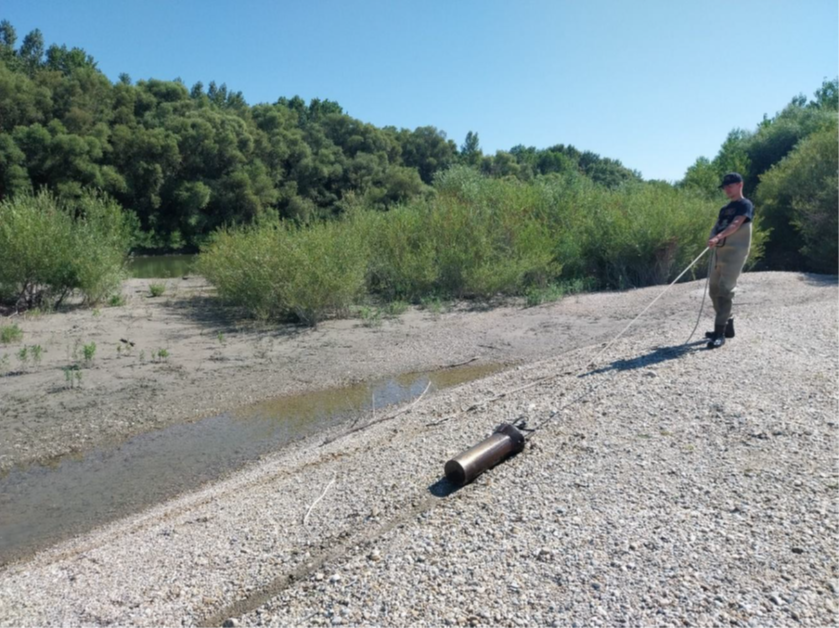
During 2024, all initial monitoring reports for Activity D1 were produced. Hydrological monitoring contracted through the procurement process in 2022. The first phase of initial monitoring is complete for both project sites and focused on:
(a) surface and groundwater levels
(b) water level regime, flow regime, flow velocity
(c) monitoring of morphological parameters – cross-sectional profiles within the main channel of the Danube as well as the side arms, including granulometric analyses of bottom sediments.
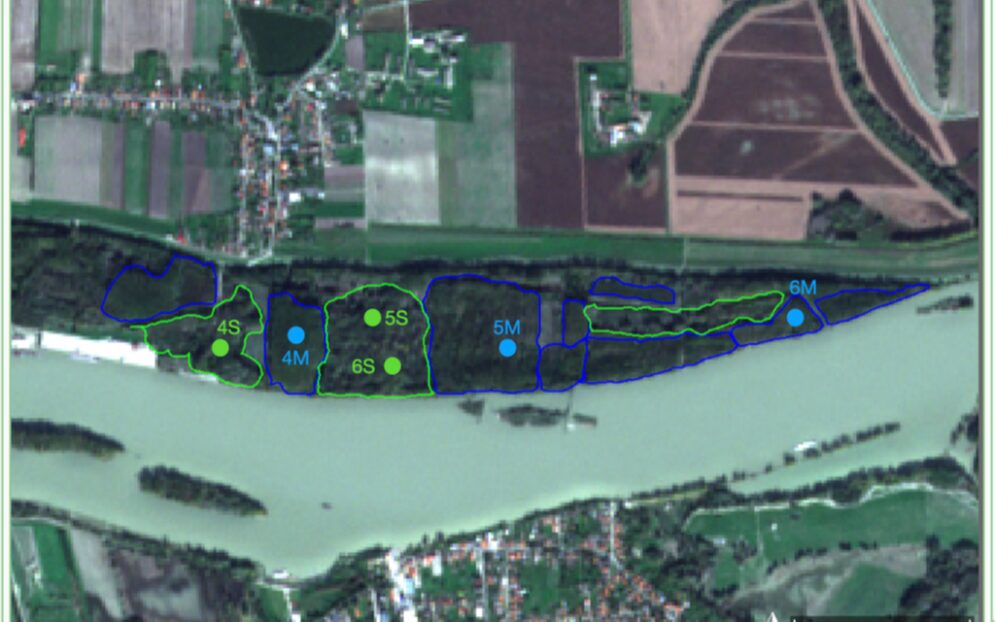
Tell us what you think !
The international LIFE20 NAT/AT/000063 project WILDisland brings together 15 partners and organisations from 7 countries along the Danube River. It is a unique network that aims to restore the natural dynamics of the Danube and strengthen the protection of the soft floodplain forest habitats by restoring up to 34 islands in total.
In Slovakia, the WILDisland project will restore islands at 2 localities, Sap and Klížská Nemá. For the first time on the Slovak side of the Danube, we will modify groynes to achieve a higher flow with permanently flowing water in the side arm and restore a local island.
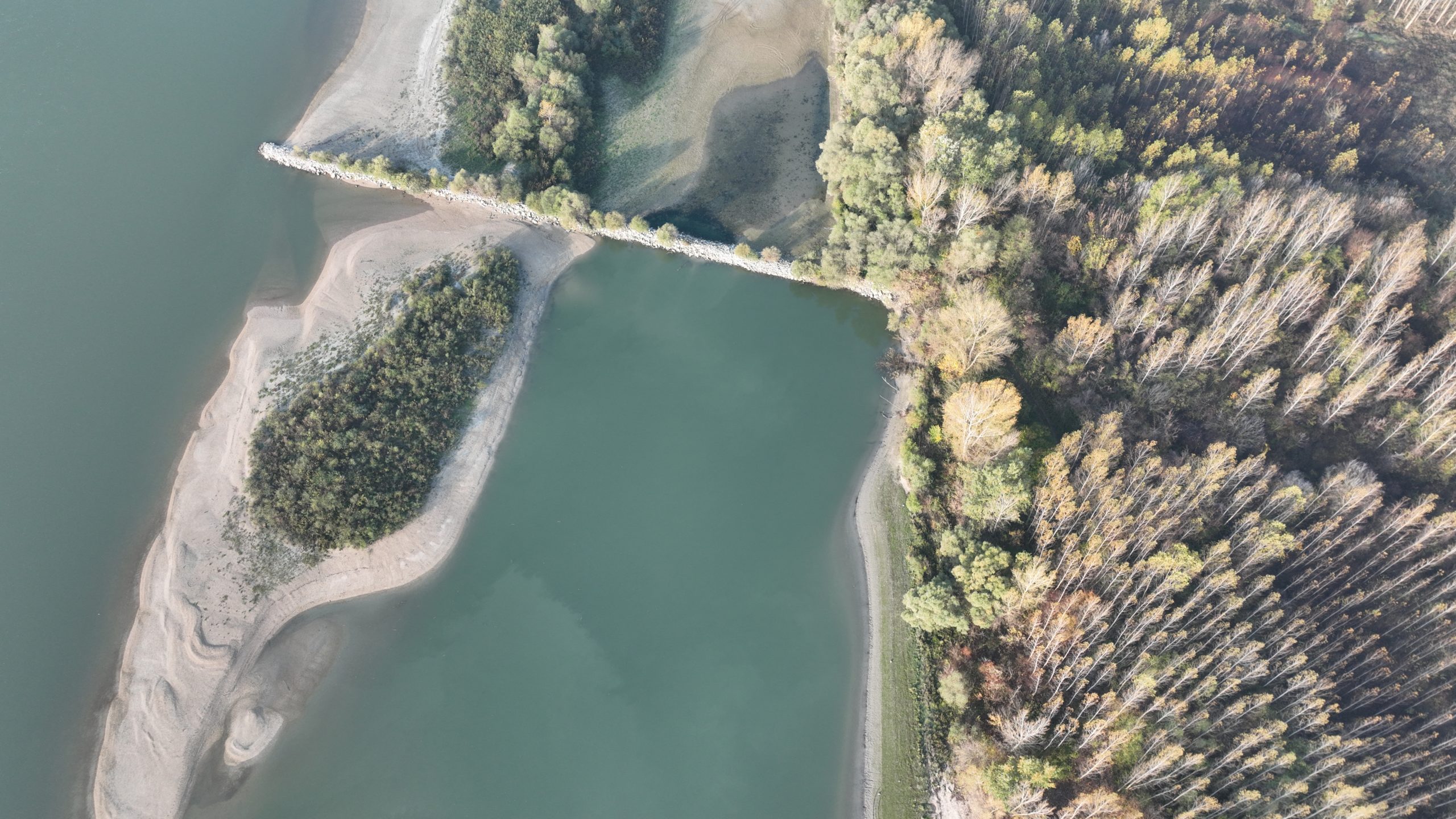
One of the aims of the project is to promote public interest and awareness of the exceptional and rare habitats of the soft floodplain forest. All efforts to tame our rivers, including stream regulation, dam construction or drainage, have led to a significant decrease in the water table, drying up of stands closely associated with the water, and thus a general deterioration in their condition.
A unique representative survey has been created in cooperation between all WILDisland partners to draw attention to the Danube, its beauty, benefits and important functions. We have prepared the questionnaire in both Slovak and Hungarian versions. Please take a few minutes to fill it in and help us move the activities, and us, in the best direction.
Thank you for your participation
Link for the representative survey:
Slovak
https://www.surveymonkey.com/r/ML72JJG
Hungarian

